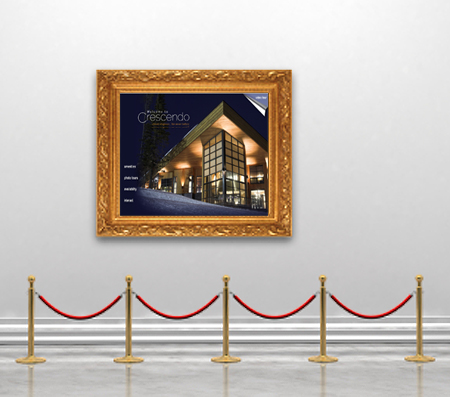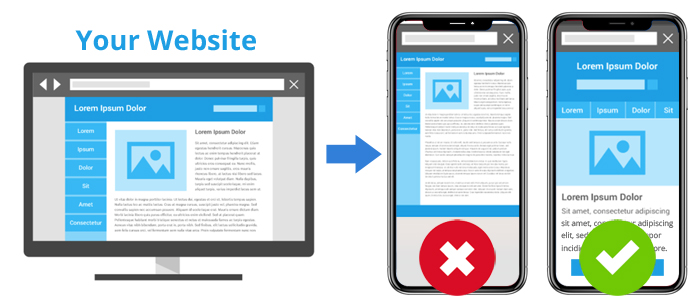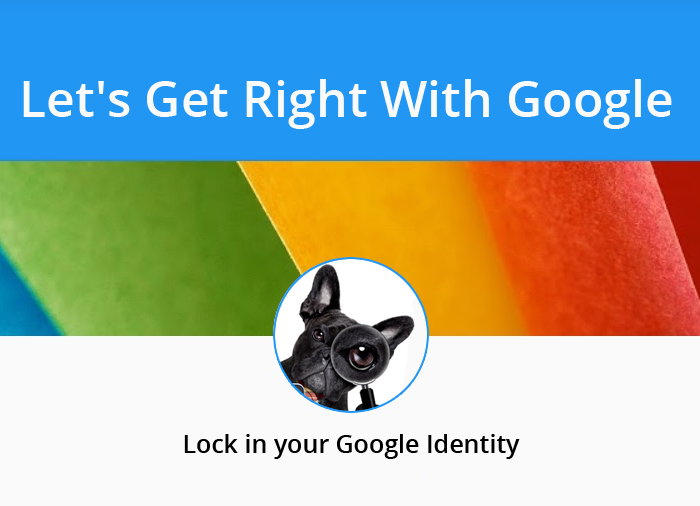
Let’s begin by outlining what we consider to be a custom designed blogsite.
Upon starting, you and your designer consider and discuss the following:
Architecture
The specific design and organization of the main containers of the site. This includes, but is not limited to the header, navigation, content containers, sidebars, and footer.
Branding
A brand can be represented by any combination of the following: a name, sign, symbol, color combination, slogan and general concept theme.
Calls-To-Action
In order to draw the attention of your visitors to the features of your website that bring them one step closer to doing business with you, you need to present visually attractive cues.
Style
Font families, color, and size make a huge difference in a site’s effectiveness. Subtle design details such as edging, shadows, and gradients) give a site a polished and finished look. Theme consistency from header to footer reinforce the brand.
Emotion/First Impression
Who are you aiming to attract to your site, and what do you want them think upon arrival?
This is clean and cool?
This is fun and informative?
This is elegant and professional?
This is unique and memorable?
Functionality
Will the site need special considerations for functionalities such as property searches tools, listing detail templates, community page templates, dynamic lead generation forms, content libraries/galleries, multimedia, and 3rd party widgets?
Once the above have been considered and determined, the designer develops a mock-up specifically tailored to meet your needs. A custom design means not using any prefabricated look, code, or layout. The design is inspired solely by your direction, the above details and the examples you have provided as inspiration.
So why is it worth it to invest the time and money to have a custom real estate blogsite developed for your business?
Why not just grab a free template from the 100s available?
Why not just use an affordable template designed for the real estate blogger?
Let me explain:
Prefabricated Templates (real estate or otherwise) are not designed with your particular business needs in mind.
In order to be useful, a template needs to be as vanilla as it can be. It can not take your particular business model and focus into consideration. I’m not just talking about looking different (I’ll discuss that later), I am referring to how important it is to demonstrate to your intended audience that you have developed an environment catering to their needs.
After all, it’s all about the visitor, and what they have come looking for, and not what was a convenient blogging solution for you.
Templates are not flexible.
Technologies come and go. Styles come and go. Demands change. Your prefab template can’t keep up. A custom designed theme can much more easily be edited to keep up with your changing needs.
Sharing the same design as 100s of others will not have you standing out.
There are so many advantages to having the opportunity to develop your own brand/look.
1. You can be original/memorable/impressive/appropriate
2. You can tie together your other branding efforts
3. The better it looks the more professional/trust-worthy/authoritative/successful you appear.
4. The better it looks the better you feel about showcasing your unique content.
Templates coding structure can be a real bear to work with.
This challenge only presents itself when you try to push the limits of the template’s capability. But once it does, it becomes all too clear how frustratingly limited you are.
For the most part, prefab templates are coded to be either incredibly simple, or very dynamic (a current example would be the Thesis Theme or the Headway Theme).
The simpler they are, the less complicated they are for the user, but the more limited they are in customizing after market. The more dynamic they are, the more difficult it is to untangle, or manipulate into being used with your specific needs. The hours invested in trying to force a template to work for you and your audience’s needs could have instead been invested in getting it right the first time. Penny wise, pound foolish comes to mind.
When a site is coded properly, with your needs established in the first place, it is a joy to work with, and very easy to build upon. Should new technologies present themselves, or should you out-grow your initial vision, with a properly coded site you have the confidence that it can always be improved upon without having to scrap it and start over again.
Here are a few examples of completely different custom designs developed to meet the particular needs of the blogsite owner and their intended audience.
LakeTahoeRealEstateBlog.com
SkiCrescendo.com
MocoRealEstate.com
TheRealEstateBakery.com
AmericanTrustEscrow.com
Your expectations for developing a custom blogsite, from scratch, should be that is will cost in the range of $1500 to $4000* depending on your specific design and technology needs.
If you would like to learn more about developing a custom blogsite for your business, please feel free to drop us a line (530-828-6764) or swing by our website for details.
*This range represents what 90% of our clients have invested in their design development, and not to be taken as a quote for your specific needs.




